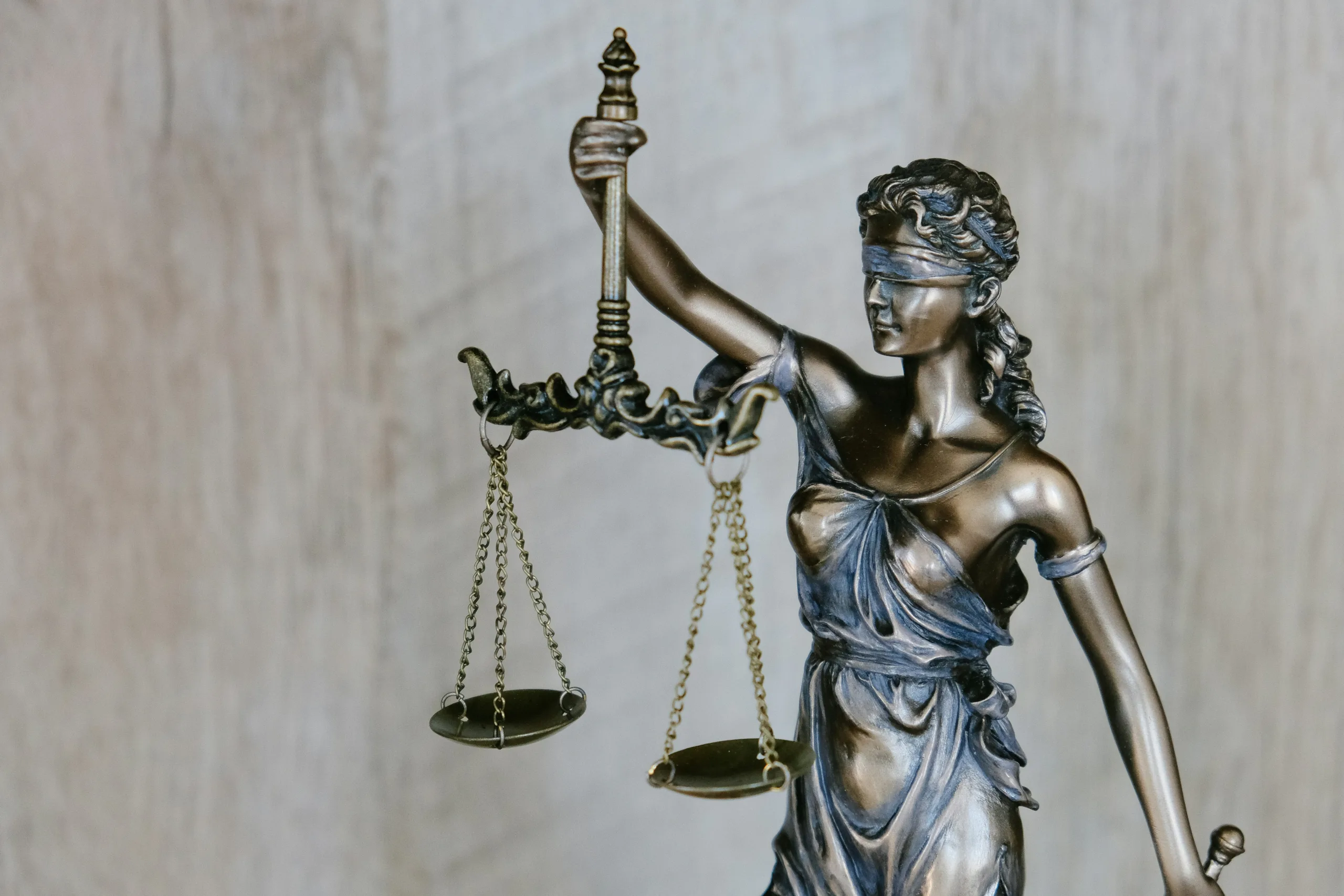
History of Pakistan cannot be separated from India and Bangladesh. They share the same history as they were once a part of the great Indian Sub-continent. Pakistan is not only rich with diverse cultures, languages, traditions, natural beauty, and resources but also has seen darkest times and suffered massively from the regional and global conflicts.
Pakistan officially starts its history from Mughal Empire because Muslims of Indian Sub-continent associate themselves to the Mughal Emperors who once ruled the Indian Sub-continent.
Mughal Dynasty
The Mughal dynasty was founded in 1526. It was a Muslim dynasty and the second largest empire that ruled the Indian subcontinent. It was the last golden age of the Indian subcontinent. Many contributions to architecture were made during the Mughal dynasty. Some worth mentioning are the Taj Mahal in Agra and Badshahi Mosque in Lahore. At that time, the main languages were Persian, Arabic, Turkish, Urdu and Hindi.
British colonization
The East India Company was the private company, chartered by Queen Elizabeth I on December 31, 1600 during the Mughal Empire. The main purpose of this company was trade between India and European countries. When the Moghul Empire lost power, the British East India Company began to increase its influence in the region.
The British East India Company followed the policy of divide and rule. The last Mughal Emperor Bahadur Shah Zafar fought against the British East India Company and was defeated, ending the powerful rule of the Moghul Empire. In 1858 the rule of the East India Company was transferred to Queen Victoria and hence the Indian subcontinent became a British colony.
Joint struggle of Muslims and Hindus for freedom
Muslims and Hindus began their struggle for the liberation from the British under the leadership of the Congress Party. Later on, Muslims realized that Congress party is only made to serve interests of Hindus which increased the importance of creating a separate party for Muslims.
Creation of All India Muslim League
In 1906 Muslims formed a separate Muslim party called All India Muslim League to protect their interests. In 1913, Muhammad Ali Jinnah joined the Muslim league and became leader of the All India Muslim league and began his struggle for Pakistan’s independence movement.
Two Nation Theory
The two Nation Theory was presented at a meeting of the All India Muslim League on 29 December 1930. Two Nation Theory means that Muslims and Hindus are two different nations and therefore Muslims need a separate nation to live freely.
Referendum in India
After a lot of struggle by Muslims it was decided to include the Muslim majority areas in Pakistan and the Hindu majority areas in India.
Independence of Pakistan on August 14, 1947
On August 14, 1947, Pakistan appeared on the world map as the Islamic democratic Republic of Pakistan. After the independence of Pakistan Quaid-e-Azam Muhammad Ali Jinnah became the first Governor General of Pakistan. Muhammad Ali Jinnah died on September 11, 1948.
After his death, Liaquat Ali Khan became the first Prime Minister of Pakistan. The first Prime Minister of Pakistan, Liaquat Ali Khan was assassinated by an Afghan militant on October 16, 1951.
Early problems
Pakistan also had to face a lot of problems after its independence. Above all, the unfair border distribution. It was decided to include Muslim majority areas in Pakistan, but the British Sir Radcliffe, charged with the task, included many Muslim majority areas such as Gurdaspur and Ferozepur in India. As a result, these people would have to migrate from these areas to Pakistan.
Around 10 million people migrated across the new borders and around 600,000 Muslims were killed during the migration. The second major problem was the financial division of military and financial assets. India had to pay Pakistan its due portion of 750 billion rupees (equivalent to about 52 billion euros), but they only paid 200 million rupees.
Kashmir Problem
Under the terms of partition, people in more than 550 princely states within colonial India that were not directly ruled by Britain could decide their fate by joining either new nation or remain independent. The Kashmiris were ready to join Pakistan, but the Kashmiri Raja sold Kashmir to India without the consent of the Kashmiris, and thus the Indian forces invaded Kashmir.
The Pakistani Army officially participated in the war in 1948 and liberated two fifths of Kashmir. After that India went to the UN and the UN declared a ceasefire. According to the UN, the Kashmiris will now decide by referendum whether to join Pakistan or India, but the Kashmiris are still deprived of their basic rights. This referendum has not yet taken place.
Second war with India
In 1965, Pakistan and India waged a second war over Kashmir. It was the second largest tank battle after World War II. The Soviet Union and the United States played an important role in ending the war and the cease fire was declared in Tashkent.
Separation from East Pakistan (Bangladesh)
One of the main problems after independence was also political issues in Pakistan. The political parties in East and West Pakistan wanted to form their government in their regions without any coalition and consequently that led to a political crisis between both eastern and western parts of the country.
The second major problem was the language problem. East Pakistan wanted Bengali as its national language, whereas Pakistan has already declared Urdu as its national language.
Further problem that led to the separation from East Pakistan was that East- and West Pakistan were not connected geographically and were separated about 1000 miles. West Pakistan had no land access to East Pakistan and was surrounded by the Indian territory. Hence, India took advantage of this problem and began to support the rebellion. Finally, India attacked East Pakistan, pursuing the goal to separate it from western part of the country and on December 16, 1971 East Pakistan gained independence and was named as Bangladesh.
Afghan-Russian War
In 1979, Russia invaded Afghanistan which started the Cold War in Afghanistan. During Afghan-Russian war Pakistan also played an important role in the training of Mujahideen with the help of USA, Saudi Arabia, and several other countries.
These Mujahideen then went to Afghanistan to fight and defend their homeland against Soviets. USA supplied some of the latest arms which were then used to train Mujahideen. Consequently, from 2001 to 2015, the Pakistan’s economy lost around $ 123 billion and more than 74,000 innocent people died. As a result, Pakistan took 3 million Afghan refugees.
First Muslim woman to become Prime Minister (Benazir Bhutto)
In 1998 Benazir Bhutto became Prime Minister of Pakistan. She was the first woman to lead a democratic government in a Muslim majority nation. In 1990 due to allegations of corruption against her husband, the President dissolved the parliament. In 1993 she again became the first woman Prime Minister of Pakistan.
Pakistan became a Nuclear Power
In 1998, Pakistan tested its first nuclear weapon in response to the Indian nuclear threat and became the first Muslim nuclear power.
Kargil war with India
In 1999 Pakistan and India waged the fourth war for Kashmir. There has been a cease fire since July 26, 1999. This conflict took place in the Kargil, district of Kashmir and elsewhere along the Line of Control (LOC).
APS attack
In 2014, Pakistan faced a serious terrorist attack by the Taliban on an Army Public School in Peshawar, Pakistan. More than 150 people were killed, 132 of them were children. After this heart-breaking attack, the Pakistan Army increased the scale of the operation to wipe out terrorist groups near the Pak-Afghan border, but most of the terrorists fled to Afghanistan.
Nevertheless 9/11 gave birth to many terrorist attacks in Pakistan and from 2008 the number of casualties started growing rapidly. Right after the APS attack in Peshawar, anti-terrorist operations, such as, Operation Zarb-e-Azb and Operation Radd-ul-Fasaad were brought in the country to eliminate the root of terrorism.
Improvement in the Law and Order and economy of Pakistan
From 2016 to 2020 there has been a significant reduction in terrorist attacks. According to the statistics from the Institute of Conflict Management, a noticeable reduction in terrorist attacks in Pakistan has been observed, which has decreased from 8389 casualties in 2009 to 56 casualties in 2019. In 2021 GDP growth of around 1.97% is expected.
Due to Corona pandemic countries all over the world are facing economic crisis. This is the reason why the GDP is projected to be a bit lower than previous years.









